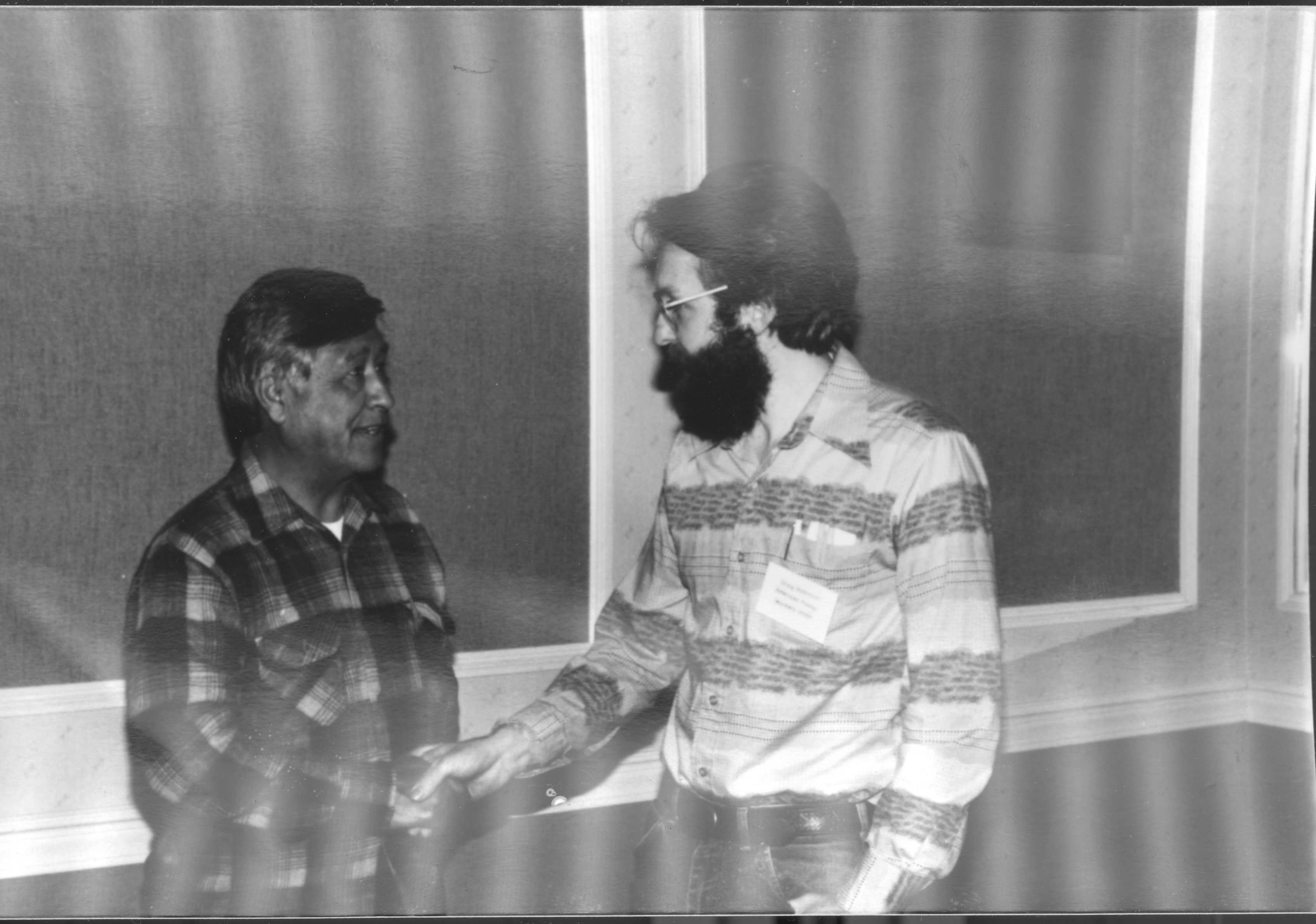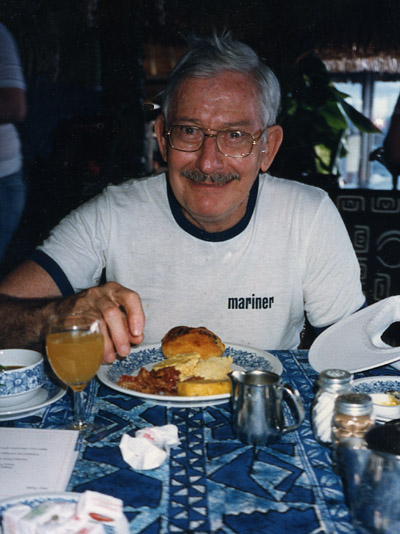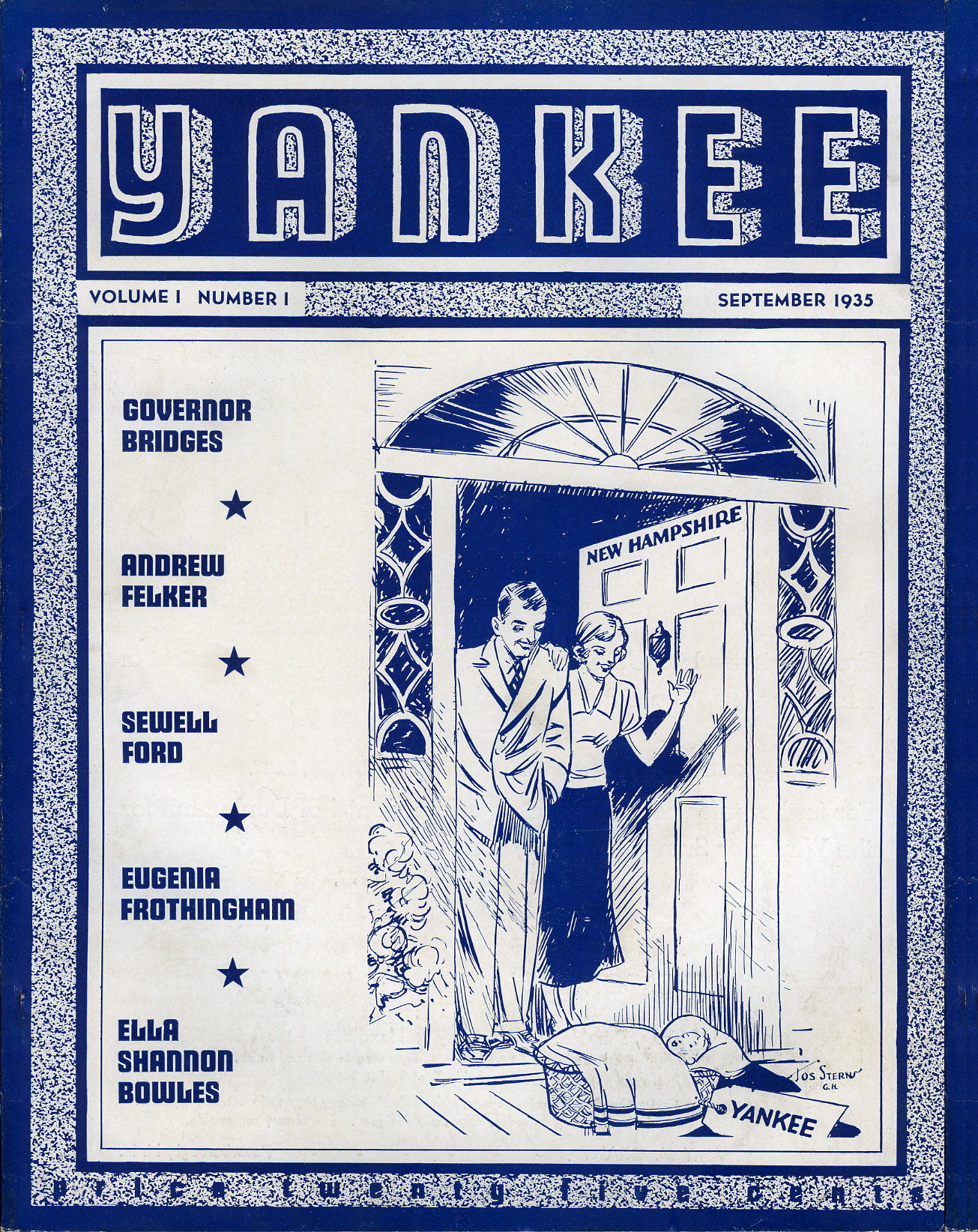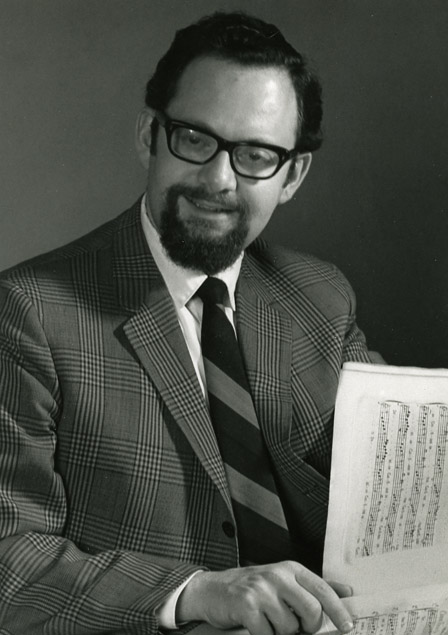Craig D. Robinson Papers

A labor attorney and activist, Craig Robinson was born in Hartford, Conn., on August 6, 1952, and raised in Stafford. After rising tuition led him to drop out of the University of Connecticut in 1971, Robinson worked in a variety of manual jobs until he was hired by the US Postal Service in 1974. From the time of his assignment to the bulk mail facility in Springfield the next year, Robinson was an active member of the American Postal Workers Union, eventually serving as steward, vice president, and president of his Local, and his activism often created friction with management. Earning his BA at UMass Amherst (1980) and JD from the Western New England School of Law (1984), he began practicing labor law, moving to full time in 1991. Devoted to workplace justice, he served as General Counsel for the Pioneer Valley Central Labor Council and for Locals of the United Roofers Union and Amalgamated Transit Union, among others, and was a founding board member of the Western Massachusetts Coalition for Occupational Safety and Health. Robinson died on June 17, 2007, and is survived by his wife Linda Tonoli, and son.
The Robinson papers contain a record of labor activism in the Pioneer Valley and beyond. The collection includes retained copies of legal filings relating to arbitration and other labor-related cases, along with articles written by and about Robinson, and an assortment of other notes and correspondence.



